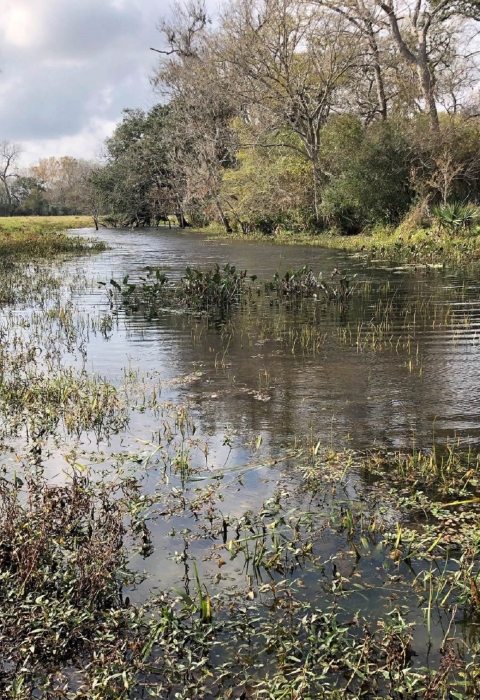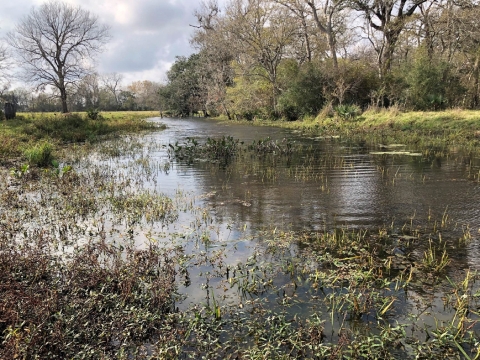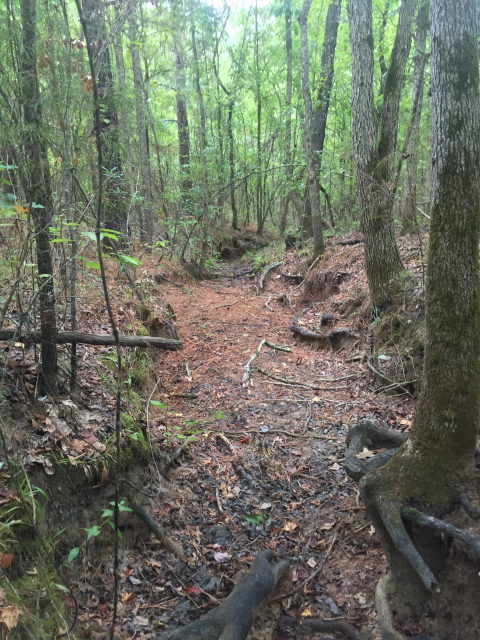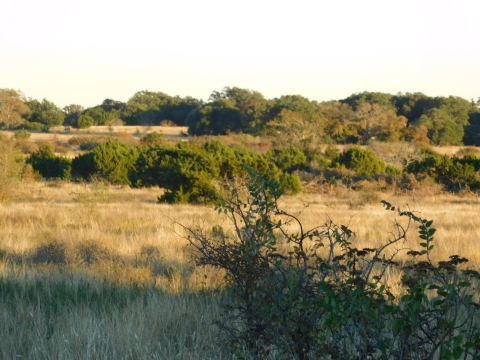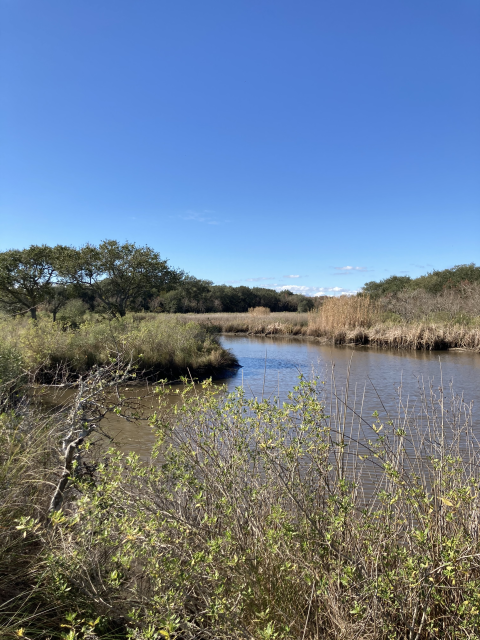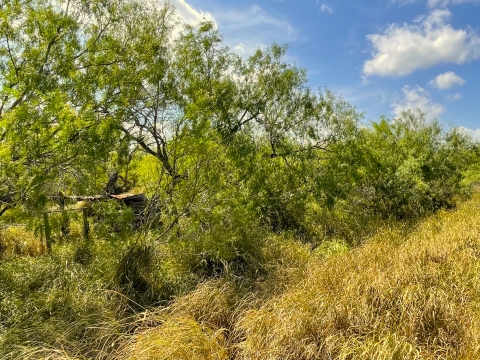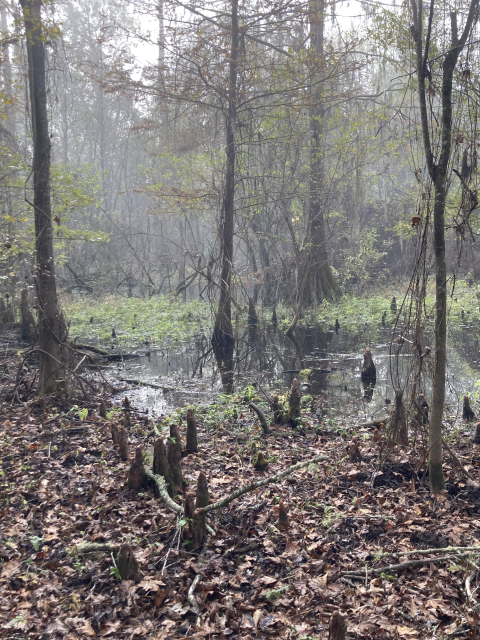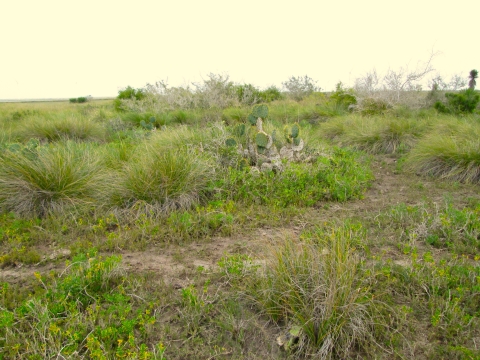Recent acquisitions by the U.S. Fish and Wildlife Service have added more than 9,000 acres to the public lands managed by the National Wildlife Refuge System in Texas. From Columbia bottomlands on the Gulf Coast to grasslands in Central Texas and coastal prairie in the Rio Grande Valley, these newly acquired properties aim to protect habitat for a diversity of wildlife and benefit the public for generations to come.
“Texas is one of the most biodiverse states in the U.S. with tens of thousands of native animal and plant species inhabiting hundreds of different habitat types,” Amy Lueders, the Service’s Southwest Regional Director. “Each of our Texas National Wildlife Refuges were established to help safeguard this biodiversity, with a focus on protecting habitat for migratory birds along with listed and at-risk species. Many of them are also places for people to enjoy nature and the outdoors. We are extremely grateful for the partners who assisted with ensuring these properties are protected in perpetuity for the benefit of both wildlife and the public.”
At San Bernard National Wildlife Refuge on the Gulf Coast, the Service acquired more than 5,635 acres of prime Columbia bottomlands habitat for the benefit of neotropical migratory birds, waterfowl and resident wildlife. San Bernard is home to some of the only forested wetlands adjacent to the Gulf of Mexico. The newly acquired property contains thousands of acres of wetland forest and cleared land that will be restored to wetland forest, marsh, stream and lake habitat.
At Neches River National Wildlife Refuge in East Texas, the Service acquired more than 3,000 acres of prime habitat for wintering and nesting migratory birds in the area’s ecologically valuable bottomland hardwood forests. Once covering nearly thirty million acres across the Southeastern United States, today, only a small percentage of original bottomland hardwood forests remain. In addition to sustaining a diversity of wildlife, fish and plants, the newest additions to the refuge provide recreational and riverfront access opportunities for hikers, bird watchers, paddlers, and hunters.
At Balcones Canyonlands National Wildlife Refuge in Central Texas, the Service acquired 441 acres of priority nesting habitat for grassland birds and the black-capped vireo. This addition helps establish a connection between disjunct refuge tracts, creating a 5,000-acre contiguous block of important migratory and songbird habitat, including for the endangered golden-cheeked warbler. This tract also contains unique karst sinkholes, springs, and intermittent stream habitats and supports numerous species of resident birds and other wildlife, such as reptiles, amphibians, and mammals.
At Anahuac National Wildlife Refuge on the Gulf Coast, the Service acquired more than 191 acres of diverse habitat consisting of brackish marshlands and coastal prairie. Anahuac protects some of the most significant coastal marshlands in Texas. Features on the newly acquired tract include Lone Oak Bayou, which runs down the middle of the property, and the largest oak mott now protected by the refuge, where thousands of neotropical migrants find their first land after crossing the Gulf of Mexico. Wildlife found on the newly acquired tract includes mottled ducks, herons, egrets, marsh birds and other species that live in coastal grasslands.
At Lower Rio Grande Valley National Wildlife Refuge in South Texas, the Service acquired more than 57 acres of water features and native brush within and adjacent to Tiocano Lake and along the natural floodplain of the Rio Grande. Native wildlife species that will benefit from this acquisition include a variety of mammals, reptiles and amphibians. The properties also provide habitat for migratory and wintering birds and other unique Rio Grande Valley birdlife including chachalacas, green jays, great kiskadees, black-bellied whistling ducks, golden-fronted woodpeckers, roseate spoonbills, wood storks, caracaras, a variety of doves, kingbirds, hummingbirds, owls, and several species of hawks and falcons.
At Trinity River National Wildlife Refuge in Southeast Texas, the Service acquired more than 42 acres of bottomland hardwood floodplain forest, which features a branching bayou system, depressional wetlands, and hardwood timber. The acquisition of this property benefits fish and wildlife habitats of the lower Trinity River floodplain by filling in a gap of a much larger tract of refuge land. Larger tracts of protected land provide benefits to a broader suite of wildlife species, especially those that require more extensive home ranges.
At Laguna Atascosa National Wildlife Refuge in South Texas, the Service acquired 10 acres adjacent to existing refuge lands in Cameron County. The entire tract consists of coastal wetland and prairie and hosts native vegetation such as sea-oxeye daisy and gulf cordgrass. Wildlife documented on or near the property include yellow-headed blackbird, horned lark, mockingbird, red-tailed hawk, Harris’ hawk, northern harrier and long-billed curlew, and evidence of raccoon, coyote, and deer.
These acquisitions were made possible with the help of numerous non-profit conservation partners, including The Conservation Fund, Friends of Laguna Atascosa National Wildlife Refuge and the National Fish and Wildlife Foundation.
The National Wildlife Refuge System grows through the conservation of fee-title and easement acquisitions from willing sellers within approved acquisition boundaries. To purchase the acquisitions, the Service uses Migratory Bird Conservation Funds, which are generated from the sale of federal Duck Stamps and import duties on arms and ammunition, and Land and Water Conservation Funds, which fulfill a bipartisan commitment to safeguard America’s natural areas and provide public outdoor recreation opportunities for all Americans.
Across the U.S., the National Wildlife Refuge System is an unparalleled network of 571 national wildlife refuges, 38 wetland management districts and 5 marine national monuments. A national wildlife refuge national wildlife refuge
A national wildlife refuge is typically a contiguous area of land and water managed by the U.S. Fish and Wildlife Service for the conservation and, where appropriate, restoration of fish, wildlife and plant resources and their habitats for the benefit of present and future generations of Americans.
Learn more about national wildlife refuge is within an hour’s drive of most major metropolitan areas. More than 67 million Americans visit refuges every year. Refuges provide vital habitat for thousands of species and access to world-class recreation, from fishing, hunting and boating to nature watching, photography and environmental education. This recreation on national wildlife refuges supports regional economies to the tune of $3.2 billion dollars per year and supports more than 41,000 jobs.
